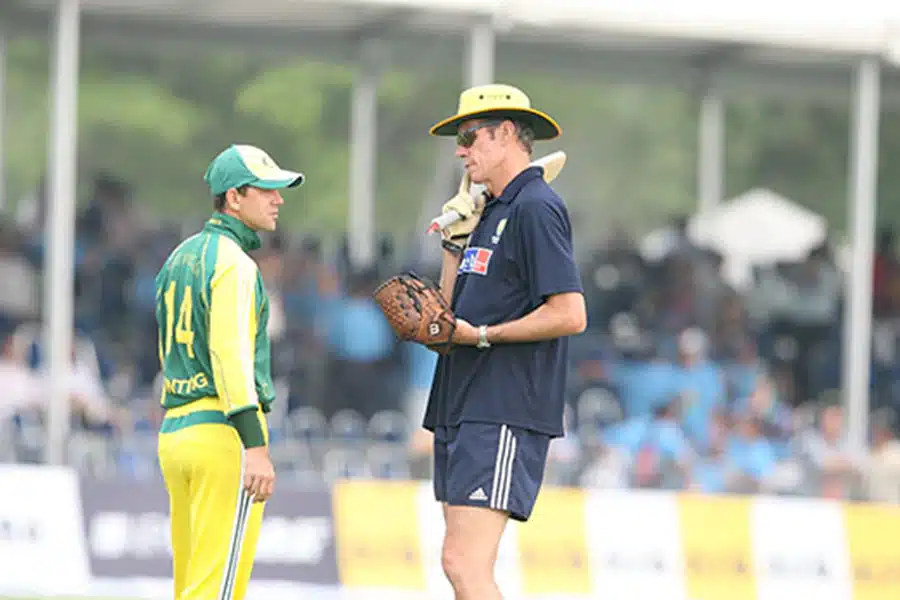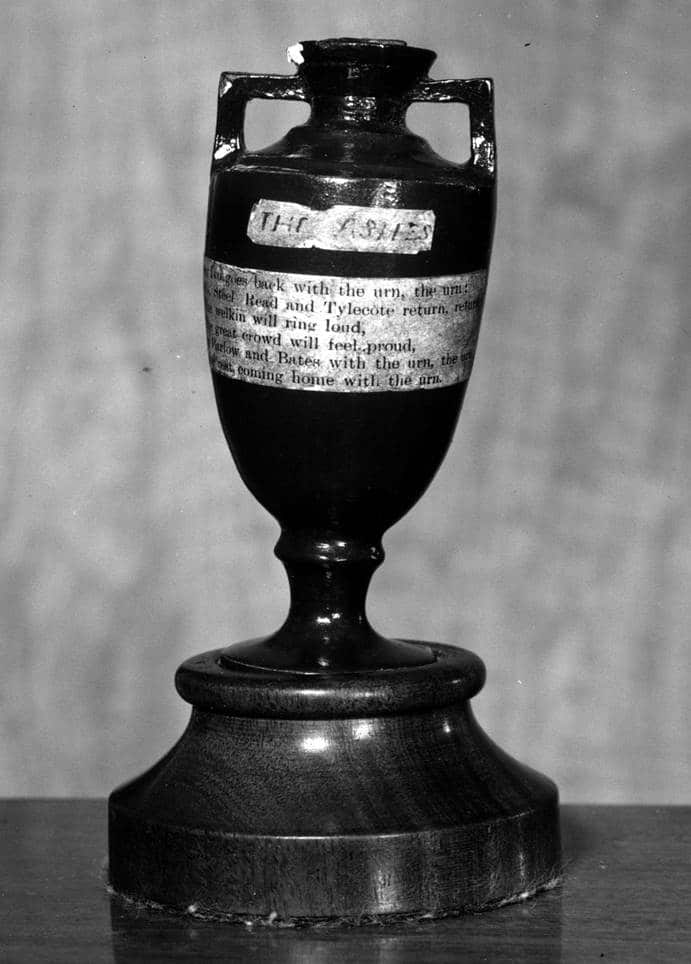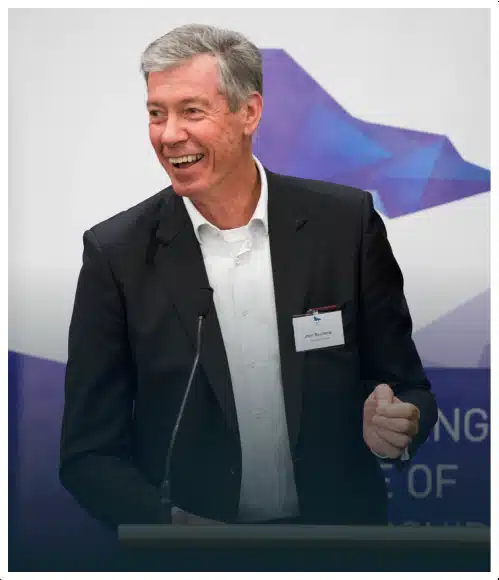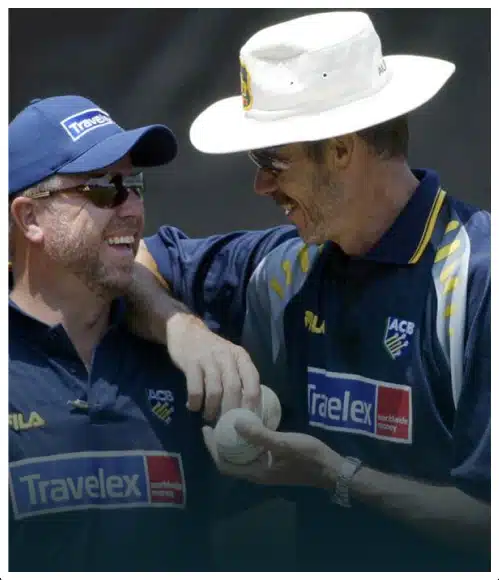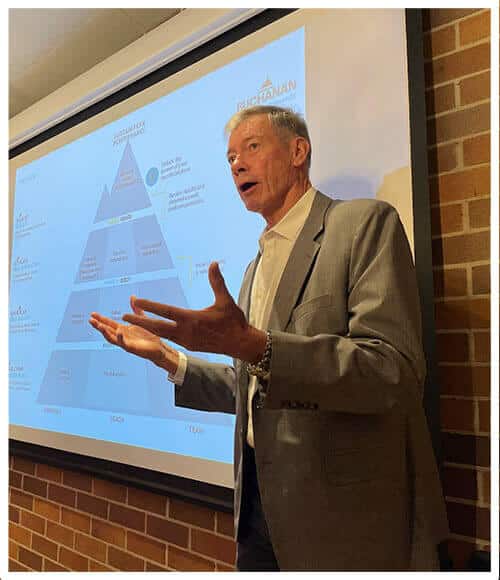Recently there was a good exchange on the Australian Human Resources Institute (LinkedIn) site which discussed how to retain the top talent within an organisation.
There were plenty of interesting insights such as –
1. Identify root causes of why top talent leave … address those 2. Identify why top talent who stay are staying … address these
3. No different from any other group of people, ensure and maintain a good relationship between employee and organization, so with all.
4. The bases of trust openness mutual respect and goodwill are the best you can and should do.
5. If you start to differentiate you might miss out on paying equal attention to other crucial people.
And further conversation stretched to what do the “stars” do –
- Reach across departmental boundaries to build coalitions.
- Motivate those around them by their determination to succeed.
- Operate intuitively with little direction and limited supervision.
- Accept challenging assignments that others cannot or will not do.
- Seek opportunities to grow personally and develop professionally.
- Resist authority, question ambiguity, and challenge inconsistency.
- Risk losing personal influence and effectiveness when promoted.
- Seek opportunities elsewhere when dissatisfied with the status quo.
Each of these tendencies has the potential for an undesirable consequence for the “maverick or star performer”, if the organization’s hiring, promotion, and recognition policies are not modified to take advantage of what he or she brings to the relationship:
So the discussion goes, if you want to keep “star players” –
- Keep on being the facilitator for their success.
- Cherry pick for a bigger and better role
- Give them the most challenging work
- Opportunities to team them up with super bright juniors and introduce a mentoring scenario
- Dan Pink suggests the best motivators for people in a work environment are Purpose, Autonomy and Mastery. As long as you take money off the table by paying market, these create the emotional connection that will see your stars find a way to stay and commit to something bigger than themselves. Don’t focus on holding them back – focus on setting them free. When you do, they’ll find it hard to leave.
Other questions that could be asked –
- Should there be an Employee Value Proposition (EVP) as a tool for retention?
- What kind of development opportunities do they want?
- Are you giving it to them?
- What kind of work atmosphere do they want?
- Are you delivering?
- Why would / should top talent – or even those loyal, faithful and contributing employees all organisation need – work for this organisation?
- There is little doubt they provide leaders with a range of management issues around organisational culture, team play, codes of ethics and policies.
- But if the game is about winning, retaining and growing market share, doing deals, then leaders need to find ways to keep them in the mix. Some of these ways will be –
For an organisation to be dominant in its market place, it needs “ Game Changers”, the “mavericks”, the “star performers”.
-
- Acknowledging that to be a star performer, the individual will be consumed with self interest and importance
-
- Acknowledging that the star performer wants to demonstrate to everyone how good they are when on their stage
- Providing the star performers with negotiated freedoms that are clearly understood by the individual and their peers
- Enlisting peers to help ‘manage’ the maverick within the team
- As leader knowing when and how to have the right conversations with the game changer

